As the seasons change, you may need to think about changing your seasonal tires. Whether you're switching to winter tires or to summer tires, it's important to think about how you store your off-season set.
You may have them changed by a professional or do it in your garage at home. But what do you do after they have been taken off? Knowing how to store tires after removing them from your vehicle is essential. In fact, it’s more important than most people realize.
If you don’t handle and store your tires properly, their characteristics can change. This can shorten their life. They can even deteriorate so badly in storage that they need to be replaced.
But if you handle and store them correctly, they will deliver years of service – and you’ll save money.
Using some detergent, water and a tire brush, clean tires before storing them. This will help remove a season’s worth of road grime and brake. Clean your wheels, too, if you store your tires on them. Make sure they’re completely dry before the next step.
This next step requires inaction, rather than action. Tires don’t need any kind of dressing or gloss product applied prior to storage. Tire compounds are formulated to resist ozone cracking and other environmental stressors. Such products can hinder rather than help extend the longevity of your tires.
Find a large, airtight plastic bag to fit each tire. Try yard bags or leaf bags. Ensure the bag (and tire) is free of moisture, then remove as much air as possible from the bag (use your vacuum cleaner!) and tape it shut.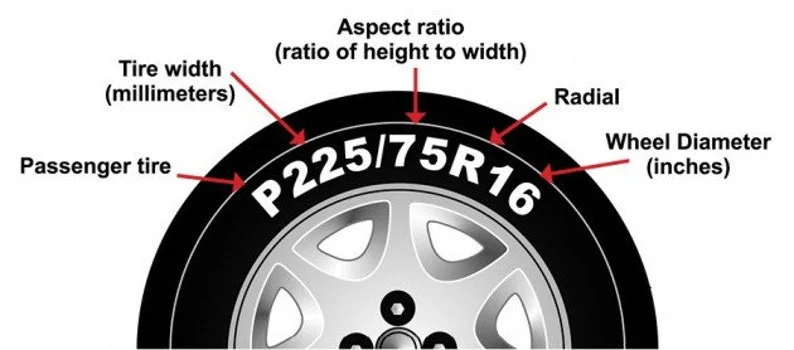 This airtight environment will reduce evaporation of oils from the rubber compounds. Specific tire storage caddies or tire totes are also available. These make transporting and storing tires easier and help keep them grime and dust free. However, they aren’t air tight. If you want to use them, bag tires as above first, then place them in your tire tote.
This airtight environment will reduce evaporation of oils from the rubber compounds. Specific tire storage caddies or tire totes are also available. These make transporting and storing tires easier and help keep them grime and dust free. However, they aren’t air tight. If you want to use them, bag tires as above first, then place them in your tire tote.
UV rays and the sun’s heat can wreak havoc on rubber. Your tire storage location should keep them out of direct sunlight.
In cold weather or in warm, tires should never be stored in the open air, even under a protective covering. Think cool, dry, moderately ventilated – and of course out of the sun. Your basement or another climate-controlled space is ideal. If there is a heat source in the room, the tires must be shielded from it. Most garages, sheds and attics undergo a range of temperatures, precipitation and humidity. You want to avoid these fluctuations.
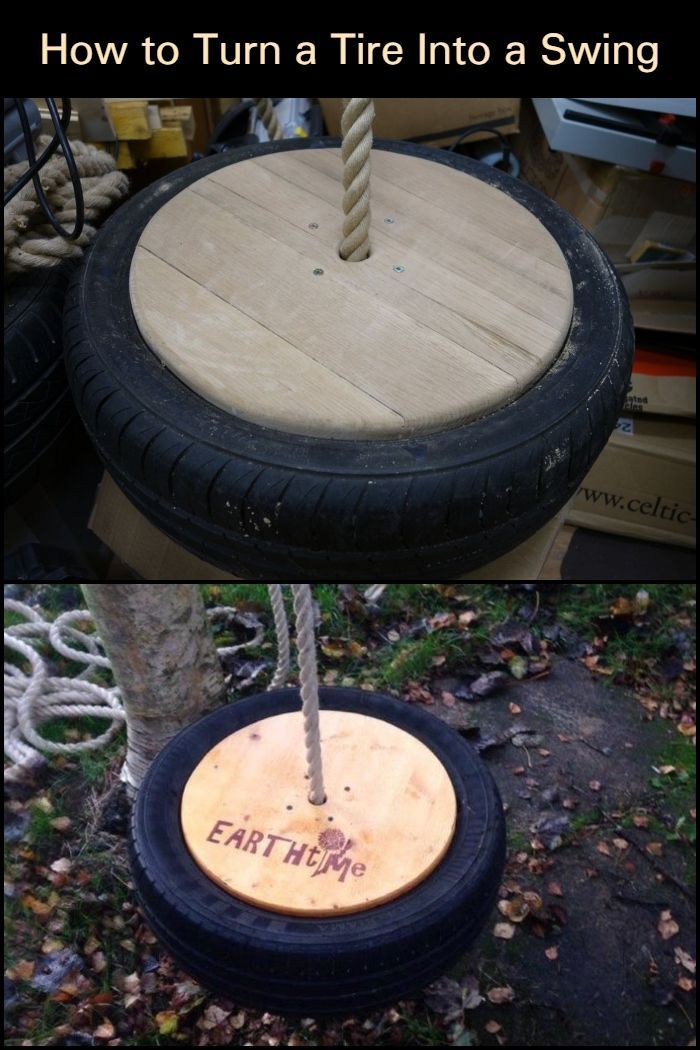 Avoid chemical exposure
Avoid chemical exposureYour number one chemical to avoid: Ozone. It’s particularly damaging to tires. Electric motors that use contact brushes generate ozone. These can include:
Ensure your storage area contains none of these items. The following should also be avoided:
Got whitewalls – or other white parts (like lettering) on your tires? In case you’ve decided not to bag your tires, store them with white areas touching other white areas, and black touching black. Here’s why: The black rubber on the white side is compounded differently than the black rubber on the other side. A layer of non-staining black rubber is used on the tire's white side to prevent oils migrating from the black to the white areas and causing discoloration. The black sidewall uses standard rubber. Therefore, store black-to-black and white-to-white to help keep white rubber bright and avoid marks.
Therefore, store black-to-black and white-to-white to help keep white rubber bright and avoid marks.
You have three options for how to store your tires:
The best option is standing, as it puts less stress on the tires. If you must stack, try not to stack too high. You want to avoid it tipping and damaging the tires. Tires mounted on rims? Stacking is actually preferable in this case. Another great option for tires on rims is hanging them from tire racks or hooks. Never hang unmounted tires as this can distort and damage them.
Tires will age. But these tips will help extend their life. If you want to make sure that the storing of your tires is in professional hands we would recommend to let them be stored at your tire dealer. And remember: It’s a great idea to get your tires checked by a tire professional before they are mounted onto your vehicle again for another good season of driving.
Tires are expensive to replace and repair, so effective tire storage is important. This guide will show you how to store tires to keep them from dry rotting or deteriorating.
Storing tires can be a frustrating task due to their size and the extra steps needed to keep them in good shape. However, you might not have a choice if you have a set of winter tires for your car. If you’re clueless of where to start, you’re not alone. Many of our storage customers don’t know how to store tires and come to use for advice.
It’s not uncommon to see tires stored outside without so much as a cover, but it’s likely these tires aren’t used on a road vehicle. If they are, their safety has been compromised in a major way. People also keep tires in garages that are exposed to big shifts in temperature. This solution is also not ideal.
Tires will degrade eventually, but there are things we can do to delay the process. Tires are sensitive to weather, sun, temperature, and time. The best way to store tires is in a dry, cool environment that will slow down the aging process. Keeping a fresh set of tires in the right conditions could add years to their life.
Tires are sensitive to weather, sun, temperature, and time. The best way to store tires is in a dry, cool environment that will slow down the aging process. Keeping a fresh set of tires in the right conditions could add years to their life.
These tire storage tips will show you how to prevent dry rot and keep tires in excellent condition.
It’s important to remove any traces of asphalt, dirt, and brake dust from the tires before storing. However, not all soap and methods of cleaning are created equal. Products specifically marketed for cleaning tires might not be appropriate in this case. Check the label. Avoid cleaning products with petroleum and all tire dressings. These products can be corrosive if your tires will be out of service for a few months or more.

Some argue that UV rays are the biggest factor in tire aging. Direct sunlight can heat the rubber and cause premature deterioration. The UV rays penetrate the rubber, dry it out, and eventually breakdown the rubber compounds. The best way to keep tires from dry rotting is to limit sun exposure whenever possible.
Find a cool and dry environment to keep your tires. You want to locate a place where the temperature and humidity remain consistent throughout the duration. Dips or hikes in either of these can result in premature tire aging. Storing tires in a consistently warm environment is not good for the rubber, but it’s also not good to keep tires in freezing temperatures.
Dips or hikes in either of these can result in premature tire aging. Storing tires in a consistently warm environment is not good for the rubber, but it’s also not good to keep tires in freezing temperatures.
Aside from sunlight, the next leading tire deteriorator is oxygen. Some things in storage require airflow to breathe and stay in good condition. Tires, on the other hand, do better when they are vacuum sealed in plastic. An airtight space prevents oxygen from reaching the tires, slows down the oxidation process, and prevents the oil from evaporating and drying out the tires. Remember to wrap each tire individually for the best results.
Remember to wrap each tire individually for the best results.
Once you have a storage location, it’s important to store tires correctly. Stacking tires or hanging them can cause deformities if they aren’t moved around every so often. However, sometimes you might be forced to stack tires horizontally due to space constraints. If possible, consider the following suggestions for how to store tires.
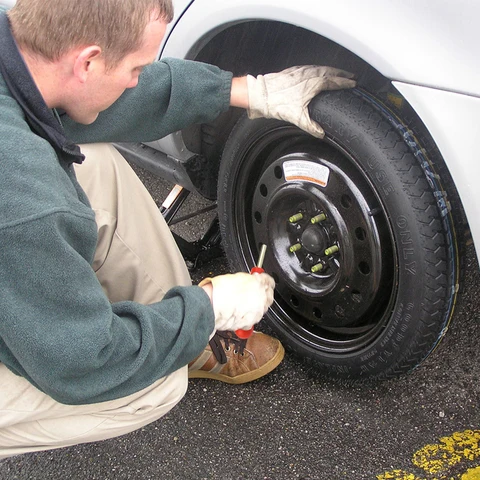
If you are storing a car for more than a couple months, consider removing the tires from the car completely. Leaving the tires on the car can cause flat spotting. If you can’t remove the tires, at the very least be sure to take the car for a ride every few months so that the tires get some use. Tires do best in service because movement keeps oil evenly distributed in the rubber, which helps prevent it from drying out.
Tires can last for several years in storage if they are stored in the right conditions. However, many tire experts recommend replacing tires six years after their production date regardless of the tread. Old tires can be compromised in other ways when the rubber compound breaks down.
To give you another perspective, it’s like the difference between a brand new rubber band and one that’s been sitting in your desk for years. When you take your tires out of storage, make sure you look for signs of wear and check the date. If you are unfamiliar with what dry rot or crazing looks like, have a tire professional give your tires a once over.
We hope this tire storage guide taught you how to store tires with care. Make sure you keep yourself safe by following all the manufacturer recommendations and have your tires serviced at appropriate intervals.
Lauren Thomann has written about self storage and moving since 2015, making her our storage expert.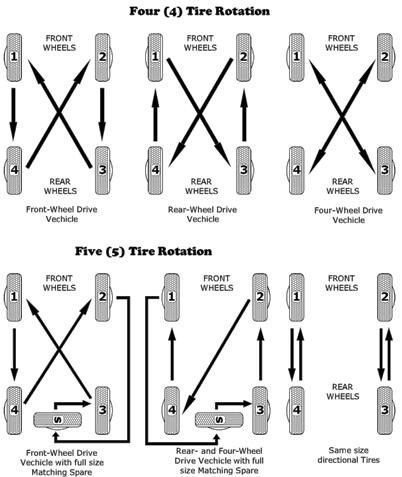 She earned a Bachelor’s degree in English and Linguistics and has published over 150 articles on moving, storage, and home organization. She is also a contributing writer at The Spruce and Martha Stewart.
She earned a Bachelor’s degree in English and Linguistics and has published over 150 articles on moving, storage, and home organization. She is also a contributing writer at The Spruce and Martha Stewart.
With the onset of the new season, motorists have a question - how to properly store tires? Can I store them in the garage or on the balcony? What happens if the requirements are not met? We will tell you how to handle tires removed from the car.
Tires are made of soft elastic material that is subject to deformation. In inappropriate conditions, they quickly lose their properties. If you have not learned how to properly store tires, you may experience such unpleasant consequences: nine0003

Don't risk your safety!
According to GOSTs, tires can be stored in a dry place, sheltered from precipitation, at a temperature of -30 to +40 C°. These requirements are met by garages, outbuildings, storerooms, glazed balconies and other similar premises. nine0003
Interested in how to store tires in winter? The main enemies in this case will be snow and water. They can damage the tire by causing the sensitive material to warp. The same applies to discs that can be corroded. To maintain the properties of the tire in winter, good ventilation should be provided. It will be even better if you can organize heating.
If you need to know how to store wheels in the summer, then you should pay attention to bright sunlight. UV radiation is also detrimental to tires: it deteriorates their properties, causing accelerated wear. Therefore, you should buy special covers made from natural materials.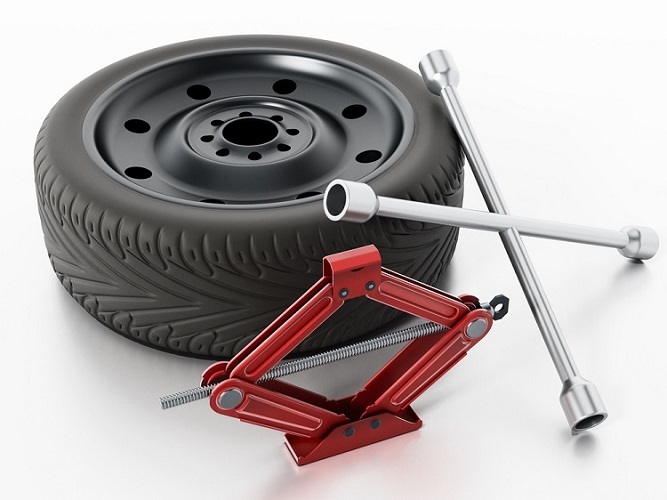 In order for the tires to remain elastic and durable after the end of the summer season, you need to periodically turn them or shift them, observing all the requirements. nine0003
In order for the tires to remain elastic and durable after the end of the summer season, you need to periodically turn them or shift them, observing all the requirements. nine0003
If you don't have space to put your wheels in your garage or on your balcony, you can take your tires to a special warehouse. The advantages of such a solution are:
Properly storing tires is not difficult, but you need to do some preliminary preparation. Each tire should be thoroughly washed from dirt - adhering soil, asphalt particles and other substances can destroy the material. During this procedure, you can carefully inspect the surface of the wheel, finding cuts, punctures and other damage on it.
It is advisable to store tires on disks - in this case, they retain their original shape better. In addition, with the onset of the new season, you will save on the services of the service center. Each tire should be pre-treated with silicone grease. Do not confuse it with a color restorer that contains a solvent! In winter, the lubricant will prevent the formation of ice: it will fill the pores of the tire and push the water out of them. In the summer season, the composition forms a protective coating that will help prevent the elastic material from drying out. nine0003
To store summer tires, it is advisable to choose heated rooms. With a strong decrease in temperature, they can “suffocate”, covered with microscopic cracks. This is fraught with rapid stratification during high-speed driving and a complete loss of control. If there is no heating, you need to put the tires in a dry closed garage or shed where snow and water do not penetrate.
If summer tires are afraid of frost and moisture, then winter tires are afraid of ultraviolet radiation. When folding them on the balcony, be sure to cover the wheels with a piece of thick cloth. But do not forget to leave a couple of holes for ventilation so that moisture does not accumulate inside. It is undesirable to store winter tires without disks: in the warm season they become very soft and easily deformed. The consequences of such damage will be unpleasant and even dangerous. nine0003
When folding them on the balcony, be sure to cover the wheels with a piece of thick cloth. But do not forget to leave a couple of holes for ventilation so that moisture does not accumulate inside. It is undesirable to store winter tires without disks: in the warm season they become very soft and easily deformed. The consequences of such damage will be unpleasant and even dangerous. nine0003
Most motorists are wondering how to store tires on rims? We have already said above that this method helps to save time and money during the off-season “changing shoes”. The ideal option for placing tires on rims is in limbo. To do this, you can install special brackets on the ceiling or in the wall. In this case, the main load is assumed by the metal rim - the soft part is not subjected to unnecessary loads. nine0003
To know how to store wheels on rims, you also need to pay attention to pressure. The optimal indicator is from 1 to 1.5 atmospheres. At a lower value, the tires are at risk of squeezing, and at a higher value, bursting. Tires on steel or light alloy rims should be lowered before storage. In a specialized center, experienced employees will take care of this, but in the garage you will have to do it yourself.
At a lower value, the tires are at risk of squeezing, and at a higher value, bursting. Tires on steel or light alloy rims should be lowered before storage. In a specialized center, experienced employees will take care of this, but in the garage you will have to do it yourself.
What to do if there is no space for hanging tires on the rims? In this case, you can not put them vertically - if the pressure decreases, this will lead to deformation of the frame. It is best to stack tires in a pile, like a children's toy "pyramid". In this case, the following recommendations should be observed: nine0003
By knowing how to store your wheels on rims, you will save their properties, increase road safety and reduce your costs.
nine0003
Many car owners have to store tires without wheels, a set of which is quite expensive. In this case, you will have to follow other recommendations. If you decide to store your tires without rims in your garage, never hang them from the ceiling or stack them. In both cases, the elastic material will be constantly subjected to excessive loads. This will lead to tire deformation, which we have already discussed earlier.
How to store tires without rims? To do this, install them vertically. In the absence of discs, this situation will be the only correct one. It will evenly distribute the load on the tire carcass. If you are interested in the question of how to store wheels without discs in the ideal case, you should know that they should be rotated periodically by 30–40 degrees. If possible, you should do this once every two weeks. nine0003
To store wheels without discs in the garage, you can buy special cases. They protect the surface of the tires from friction, UV exposure and moisture. Summer and all-season tires require special care in the cold season - be sure to treat them with silicone grease and put them in a dry place.
They protect the surface of the tires from friction, UV exposure and moisture. Summer and all-season tires require special care in the cold season - be sure to treat them with silicone grease and put them in a dry place.
We told how to store summer and winter tires, what requirements must be observed with and without rims. So you will significantly reduce the cost of car maintenance, as well as make your trips really comfortable and safe. nine0003
Author: Aleksey Kokorin
Seasonal tire storage is not such a difficult task as it might seem. Nevertheless, there are some nuances here, both obvious and not so obvious. Let's see if it is possible to store tires in a garage or on a balcony, how to store tires complete with and without rims, and what are the advantages and disadvantages of seasonal tire storage services, and in the end we will collect all the tips in a handy infographic. nine0107
Let's see if it is possible to store tires in a garage or on a balcony, how to store tires complete with and without rims, and what are the advantages and disadvantages of seasonal tire storage services, and in the end we will collect all the tips in a handy infographic. nine0107
One of the most accessible and comprehensive guidelines for tire storage is the current GOST R 54266-2010 “Pneumatic tires. Packing, transportation and storage. First of all, it establishes the general conditions for storing tires - it does not talk about complete wheels, but the same is true for them. But the first condition, even before GOST, is the cleanliness of tires: before being sent for storage, tires and / or wheels must be washed to remove dirt, oil products and everything else that can adversely affect rubber. nine0003
Now to the storage conditions. According to GOST, storage rooms must be dry and ventilated. When storing tires, air temperature fluctuations from minus 30 °С to plus 35 °С are allowed.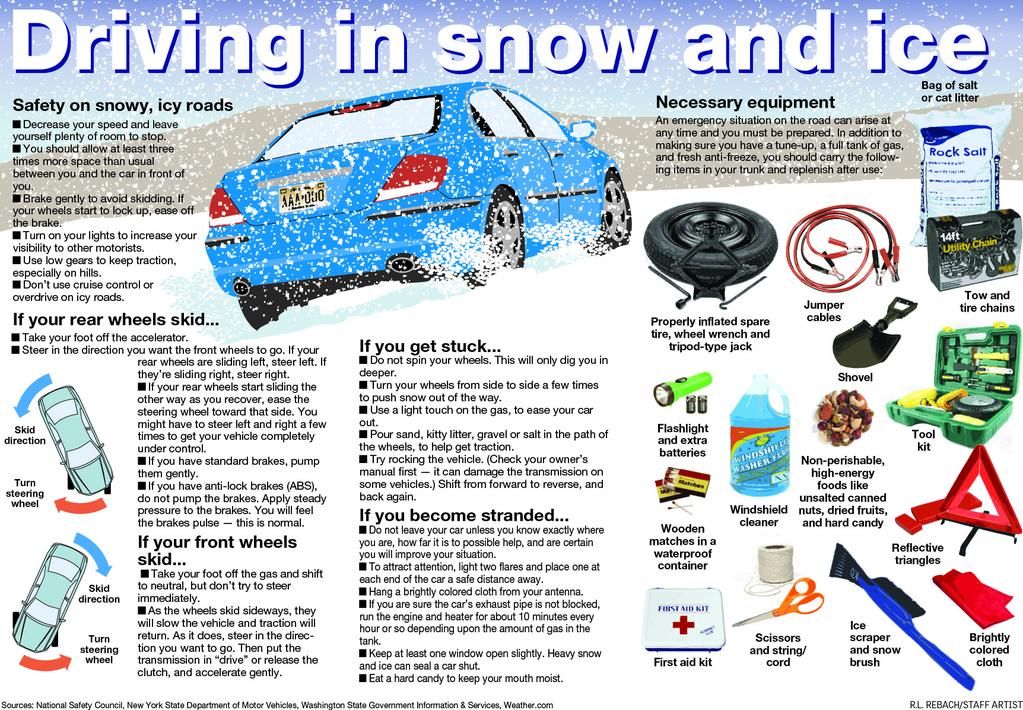 Tires must be stored at a distance of at least 1 m from heating devices. Thus, any dry garage or closed balcony is suitable for these conditions, where the tires will not lie next to the heating radiator. The main thing is to exclude sunlight from hitting the tires, since one of the enemies of the rubber compound is ultraviolet, which causes its aging. Well, tires also need to be protected from atmospheric precipitation. nine0003
Tires must be stored at a distance of at least 1 m from heating devices. Thus, any dry garage or closed balcony is suitable for these conditions, where the tires will not lie next to the heating radiator. The main thing is to exclude sunlight from hitting the tires, since one of the enemies of the rubber compound is ultraviolet, which causes its aging. Well, tires also need to be protected from atmospheric precipitation. nine0003
And one more condition concerns the place of storage. GOST recalls that when storing tubeless tires, conditions must be provided that exclude the deformation of the beads and side walls of the tires, and if they are stored on a rack, then its surface must be flat, without sharp edges.
Tire storage conditions are also contained in the above GOST. According to it, tires with a profile width up to 205 mm inclusive are stored in a horizontal position on top of each other in stacks no more than 2 m high, and with a profile width of 215 mm or more - in a vertical position (on the edge) in 1-4 rows. Most often, tires are generally advised to be stored exclusively vertically, regardless of dimension - largely because the tread is thicker and stiffer than the sidewall. However, in practice, a stack of 4 wheels is unlikely to cause sidewall deformation. Thus, tires without disks, subject to storage conditions, can be placed both vertically and horizontally - the main thing is to turn them (or shift them in a stack) at least once every 3 months. But it is impossible to hang tires without disks: this can lead to deformation of the shoulder area, which is adjacent to the disk and ensures the tightness of the wheel, and in this case the wheel can etch air. nine0003
Most often, tires are generally advised to be stored exclusively vertically, regardless of dimension - largely because the tread is thicker and stiffer than the sidewall. However, in practice, a stack of 4 wheels is unlikely to cause sidewall deformation. Thus, tires without disks, subject to storage conditions, can be placed both vertically and horizontally - the main thing is to turn them (or shift them in a stack) at least once every 3 months. But it is impossible to hang tires without disks: this can lead to deformation of the shoulder area, which is adjacent to the disk and ensures the tightness of the wheel, and in this case the wheel can etch air. nine0003
Reverse storage recommendations for wheel assemblies. Firstly, they can be suspended - a metal disc eliminates the possibility of any deformation of the wheel or tire. Secondly, they can be stored in stacks - however, the advice to shift the stack once every 3 months remains relevant. It is usually not recommended to store the wheels in an upright position - but this is mainly due to the fact that for storage it is better to reduce the pressure in them to 0.5-1 atmospheres to reduce internal stresses. Thus, a flat tire stored vertically will deform at the point of contact with the ground, which can affect its shape and balance afterwards. However, if you want to keep the wheel inflated, then you can put it upright - although it is still desirable to turn it all the same once every three months. So, let's recap: complete tires with discs can be suspended, stored horizontally in stacks, and if they are stored inflated, then vertically, but turning once every 3 months. nine0003
It is usually not recommended to store the wheels in an upright position - but this is mainly due to the fact that for storage it is better to reduce the pressure in them to 0.5-1 atmospheres to reduce internal stresses. Thus, a flat tire stored vertically will deform at the point of contact with the ground, which can affect its shape and balance afterwards. However, if you want to keep the wheel inflated, then you can put it upright - although it is still desirable to turn it all the same once every three months. So, let's recap: complete tires with discs can be suspended, stored horizontally in stacks, and if they are stored inflated, then vertically, but turning once every 3 months. nine0003
Now, having listed all the main recommendations, let's collect them into a single infographic. In order not to confuse you, we indicate undesirable storage methods as prohibited - but remember that 4 tires can be stacked if you are not too lazy to shift it, and assembled wheels can be stored vertically if you do not reduce pressure in them.
Seasonal tire storage services, or so-called "tire hotels", have gained some popularity. However, do not think that the storage conditions in them are strikingly different from the garage ones. Above, we have already found out that tires are very unpretentious to temperature and do not like only ultraviolet radiation and high humidity, so "tire hotels" are usually large hangars with sufficient ventilation. Therefore, the seasonal storage service is aimed primarily at those who have nowhere to place a replacement set of tires or wheels. Of the advantages, one can only mention washing, which is neglected by many car owners and which is usually offered in services before being stored. So if you don't have a garage and your balcony is occupied, perhaps a "tire hotel" would indeed be the best solution. nine0107
practice tires and wheels
Articles / Interesting 5 Reasons to Buy and Not to Buy a Honda Civic IX Honda in general, and the Civic in particular, have a mixed reputation.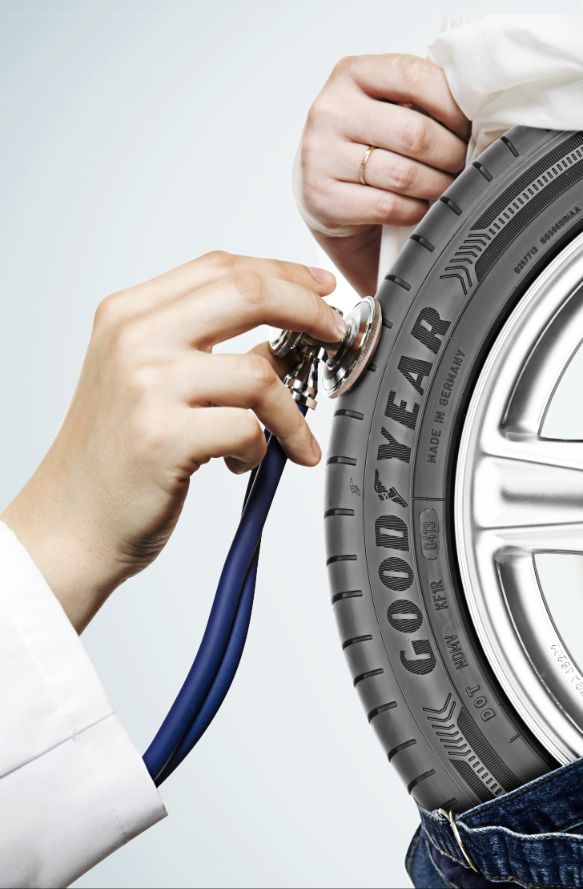 It seems that the car does not break down too often, but the cost of maintenance seems to many to be too high. Looks good, but... 4190 2 12/18/2022
It seems that the car does not break down too often, but the cost of maintenance seems to many to be too high. Looks good, but... 4190 2 12/18/2022
Articles / Statistics Air Filter Index: 2022 results Since mid-spring, we have been watching the price changes for basic consumables, oils, tires and some rare parts. Time to take stock of the year and give a cautious forecast for 2023. Spoiler: there is x... 518 0 one 12/17/2022 nine0003
Articles / Practice No need to save: why ignition coils fail too quickly We have already written a lot about how to properly operate a car in winter, and how to determine why the engine suddenly began to "troit", and how different types of ignition coils are arranged, and even how to replace .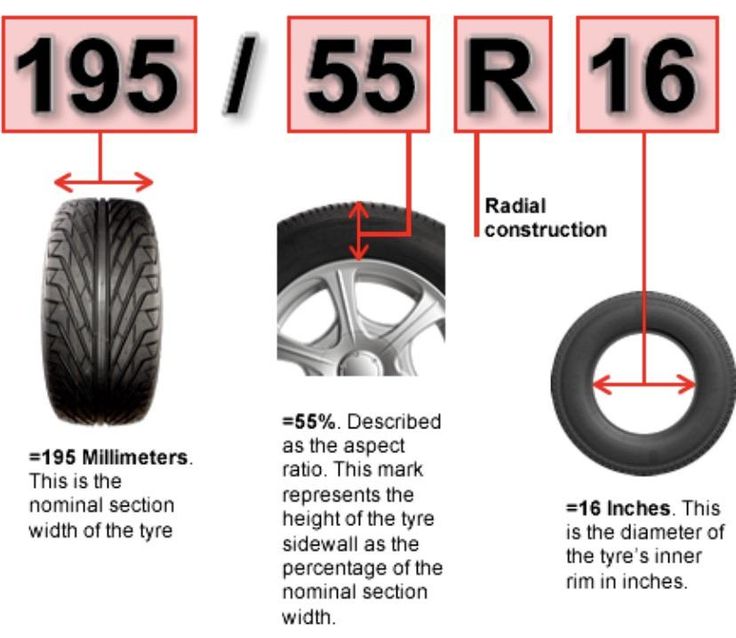 .. 1301 0 2 16.12.2022 nine0003
.. 1301 0 2 16.12.2022 nine0003
Test drives / Test drive Haval Dargo vs Mitsubishi Outlander: the dog is barking, the stranger is coming In the Haval dealership in the south of Moscow, life is in full swing: buyers look at cars, communicate with managers and sign some papers. While I was waiting for the test Dargo, the same cross... 19294 7 205 13.09.2022
Test drives / Test drive Motor from Mercedes, emblem from Renault, assembly from Dacia: test drive of the European Logan 1.0 It would seem that what's new can be told about the second generation Renault Logan, known to every Russian taxi driver, as they say, up and down? However, this car has.